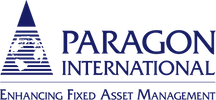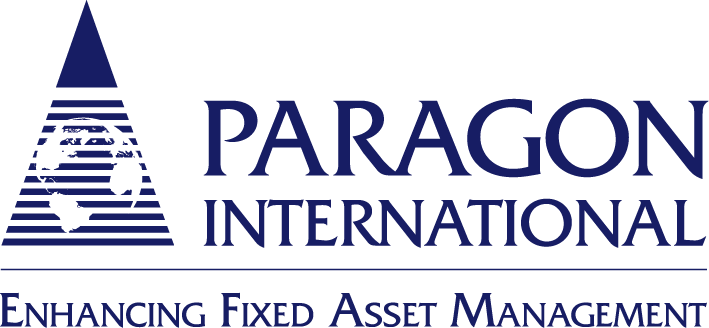Learn the 5 Important Stages That Impact Your Fixed Asset Accounting
Accurate fixed asset accounting requires careful tracking and depreciation calculations. It can be difficult to manage because the fixed asset lifecycle often lasts decades.
Here is what the full lifecycle should look like for each of your fixed assets.
Understanding the 5 Stages of the Fixed Asset Lifecycle
There are 5 stages you use to track your assets from when you purchase them to when you get rid of them. These 5 stages are:
- Acquisition
In the acquisition, or purchasing, stage, you must enter the total purchase cost of your asset, including any costs to ship, install, or to ensure safe and serviceable functionality of your asset. In this stage, you should document if you purchased the asset outright, through installments, or via an exchange.
All of your costs entered will become part of the capitalized cost of your asset. This process is completed once.
In some cases, you may need to start tracking your asset acquisition while the asset is a work in progress. An example of this would be for a building that is under construction, or installing a new piece of equipment that may take several months and involve multiple invoices to roll up into the costs of assets. Sage Fixed Assets – Planning helps you manage work-in-progress costs and then seamlessly transform them into the total full acquisition costs when you are ready and create new assets.
- Depreciation
This asset accounting stage is repeated annually as you record periodic tax depreciations, or the decline of Net Book Value, for your fixed assets. This stage can last for decades as you continually track and depreciate your asset’s value until it reaches the end of its useful life.
Sometimes, assets don’t make it to the end of their useful life. Assets can break, fall victim to disasters, or walk off the job in the arms of a forgetful employee. If you make sure to tag each of your assets using a unique barcode, you can avoid bloating your balance sheets with ghost or zombie assets that you no longer have, or forgot to add to ledger. This also helps you prevent paying insurance premiums for missing assets.
To speed up the tracking and depreciation process, we recommend Sage Fixed Assets – Tracking and Sage Fixed Assets – Depreciation.
- Revaluation / Appraisal
At times, you may want to revalue your fixed assets because real estate values rise and equipment prices fall frequently. Small increases and decreases are normal, but if you suspect that one of your assets has undergone a significant change in value, you should have it appraised by an expert.
If you discover a loss or gain after revaluation, you may want to enter the new value into your books as the current market value for property taxes or potential impairment.
- Impairment
This is the process of “writing down” an asset, which is what you should do if you discover that an asset’s market value is significantly less than the acquisition cost entered on your balance sheet. This is a one-time or unusual drop in value that typically happens after a disaster, or obsolescence, but can happen in response to other triggers as well.
The impairment process requires that you test your assets, which means you appraise the assets and confirm that their net carrying amount exceeds their current market value.
- Disposition
At the end of an asset’s useful life, also known as its depreciation period, your company may choose to dispose of it by selling the asset, trading it, or scrapping it. No matter which you choose, you should eliminate the asset from your accounting records and record the appropriate gain or loss (if applicable) for the asset at disposition.
It is worth thinking carefully about which assets you want to dispose of, and how. Here are a few tips to help you maximize your asset disposal process.
Set Up Your Business for Success with Accurate Asset Accounting
Good accounting for your fixed assets requires that you keep careful and accurate records over time without losing track of your assets or overwriting one or more of your prior years’ data. Spreadsheets are bad at this.
Purpose-built fixed asset accounting software, such as Sage Fixed Assets, makes these accounting tasks easy and routine. This keeps you confident that your numbers are right year after year, and it empowers you to take advantage of emerging tax breaks like the recent bonus depreciation allowances.
If you are ready to start confidently working with your fixed assets throughout every stage of the fixed assets lifecycle, you are ready to get the facts on Sage Fixed Assets.
Learn More about Sage Fixed Assets
Serving clients since 1985, Paragon International, Inc. provides independent, impartial and accurate cost segregation analyses, and property valuations and appraisals to assist in and support decisions related to taxes, risk management, investment, financing and corporate planning. Our consultants have extensive fixed asset experience – they’re fixed asset experts. Because of that we are able to offer a unique combination of irreplaceable human resources and advanced technology. We have specialists experienced in valuing closely-held securities, patents and other intangible assets, business enterprises, buildings, equipment and real estate. In addition, Paragon provides complete inventory and asset management services and solutions, including software customization and training, barcode labels and scanners, and tailored inventory services such as data conversion and integration, asset inventories, asset policies, cost reconciliation, and appraisal services. Contact Paragon International to discover how we can help you.




